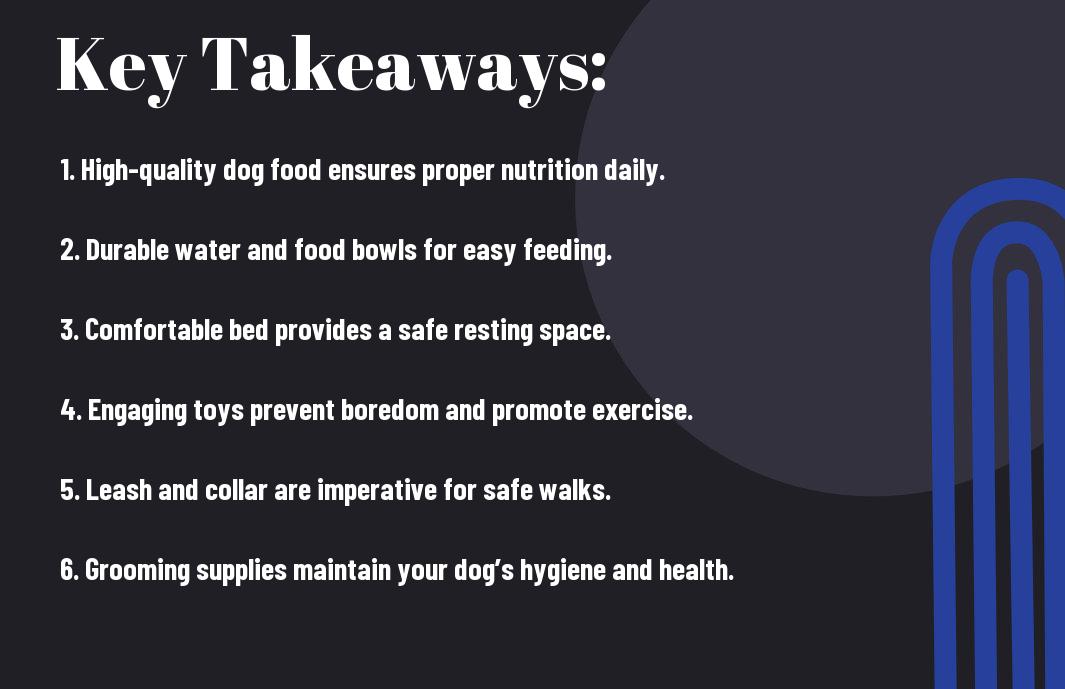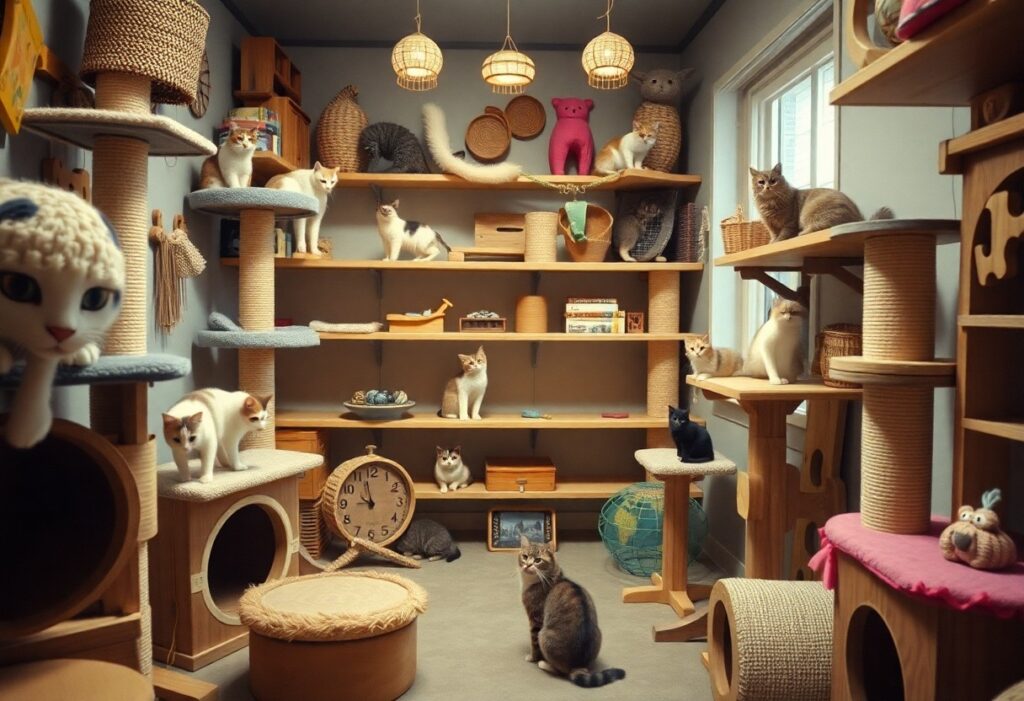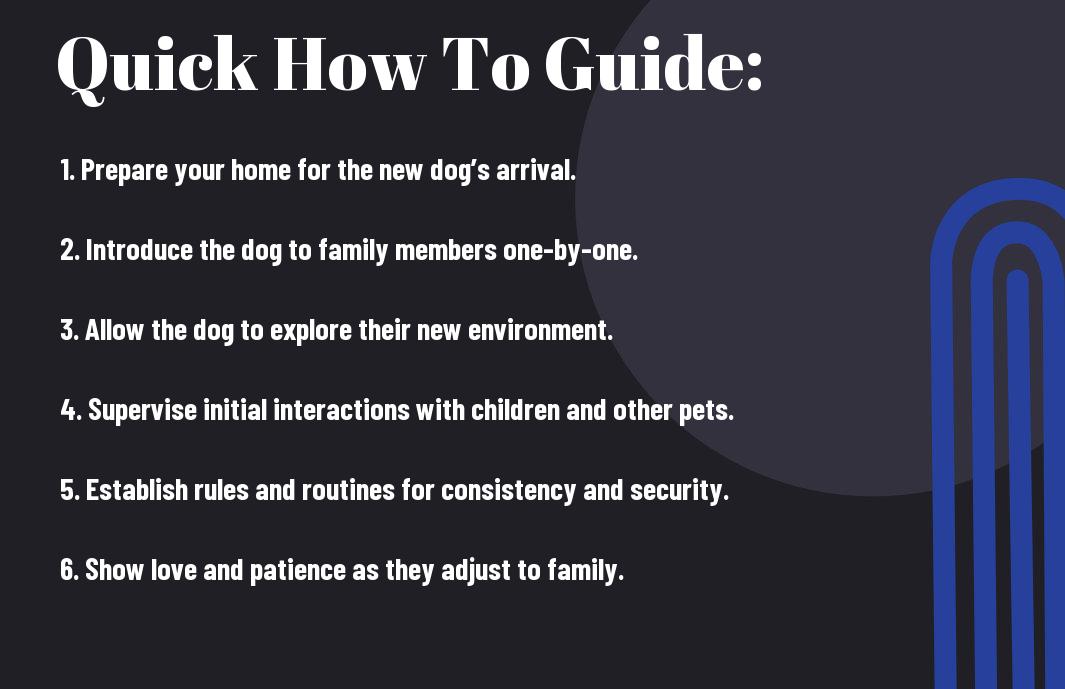Just welcoming a new baby can be both exciting and overwhelming, especially when you have a pet bird that needs to adjust to this big change. To ensure a smooth introduction, it’s necessary to consider your bird’s temperament and create a safe environment for both your baby and your feathered friend. Start by gradually introducing them to each other’s scents and sounds, using positive reinforcement, and always supervising their interactions to prevent any potential stress or accidents. With patience and care, you can foster a harmonious relationship between your baby and your pet bird.


Factors to Consider Before Introducing Your New Baby to Your Pet Bird
As a responsible pet owner, it’s crucial to consider several important factors before introducing your new baby to your pet bird. The adjustment period can be a delicate time for both your child and your feathered friend. Here are some vital points to keep in mind:
- Assess your bird’s temperament.
- Determine your bird’s age.
- Consider the bird species.
- Evaluate your baby’s behavior.
- Understand the importance of gradual introduction.
The well-being of both your baby and your pet should be prioritized as you prepare for this significant change in your household.
Assessing Your Bird’s Temperament
Introducing a new baby to your pet bird requires a clear understanding of your bird’s temperament. Some birds are naturally more sociable, while others may be shy or prone to stress. If your bird tends to be anxious or territorial, the introduction process may need to be approached with extra caution. Observing your bird’s reactions to different environments and stimuli can provide you with crucial insights into how they might react to a new family member.
It’s crucial to ensure that your bird is in a calm state before any introductions occur. A peaceful environment can help foster a better interaction experience. If you notice signs of aggression, such as biting or excessive squawking, it’s crucial to address these issues prior to exposing your bird to your new baby. Understanding your bird’s personality will help you gauge how they are likely to respond during and after the introduction.
Determining the Age of Your Bird
There’s no doubt that the age of your bird plays a critical role in how they will react to a new baby. Younger birds are often more adaptable and can be accustomed to new experiences sooner than older birds. Older birds might have established habits and should be integrated more gradually to minimize stress. The *developmental stage* of your bird can heavily influence their reaction to a newly noisy environment, especially one involving a crying infant.
Before making any introductions, assess how long your bird has been a part of your family. The age may affect both the behavior and temperament of your bird, and understanding this can guide your approach. For instance, younger birds may be less offended by disturbances caused by a baby, while older birds might feel threatened or unsettled. It’s crucial to take all these factors into account to ensure a safe and positive transition for everyone involved.
Ultimately, the key to a successful introduction lies in your awareness of your bird’s needs and behavior, along with a careful assessment of your new baby’s environment.
There’s a lot to consider when bringing home a new baby while having a pet bird. Ensuring a smooth introduction is key to keeping both your child and your feathered friend safe and happy. Start by preparing your bird for the changes ahead and supervise interactions closely to prevent any unexpected reactions. Understanding your bird’s behavior and creating a calm environment can help make this transition a positive experience. In this post, you’ll discover necessary tips for making this introduction successful and nurturing harmony in your home.

Most pet bird owners want a smooth transition when introducing a new baby into the household. It’s crucial to carefully plan this introduction to ensure both your baby and your pet bird are safe and comfortable. Start by giving your bird time to adjust to the new sounds and smells that come with a baby’s presence. Keep in mind, pet birds can be sensitive to changes; ensure their habitat remains calm. With gradual exposure and positive reinforcement, you can foster a harmonious relationship that benefits both your child and your feathered friend.
Monitoring Interactions and Adjusting
For a successful introduction of your new baby to your pet bird, it is crucial to monitor their interactions closely. These initial encounters can be pivotal in fostering a harmonious relationship between your baby and your feathered friend. By understanding how to observe both the baby and the bird, you can better manage their interactions and ensure that both parties feel safe and secure during this transition. Always be ready to intervene if necessary.
Observing Body Language of Your Bird
You should pay close attention to your bird’s body language, as it can provide insight into how they are feeling about the new introduction. Signs of stress or discomfort may include ruffled feathers, a puffed-up appearance, or a loud, screeching call. On the other hand, a relaxed bird may exhibit calm postures, preening, or playful behaviors. Understanding these signals is vital in determining whether the interactions are positive.
You also need to recognize the difference between curiosity and aggression. If your bird approaches the baby with an inquisitive stance, or lowers its body while flapping its wings gently, these can be signs that your bird is open to the new family member. In such cases, you can facilitate supervised interaction to help them bond. Always prioritize your bird’s comfort and emotional well-being during these early encounters.
Knowing When to Step Back
Adjusting to a new family member can take time for both your baby and your bird. You must be prepared to step back and create space if you notice that your pet bird is becoming overly stressed or aggressive. This may include watching for narrowed eyes, puffed-up feathers, or aggressive beak movements, which indicate that your bird is feeling threatened or overwhelmed. In these situations, it’s crucial to prioritize safety and remove the baby from the immediate vicinity of the bird to prevent any potential harm.
The key is to remember that patience is crucial in this process. Setting clear boundaries and knowing when it’s time to create distance can help ensure that both your baby and bird feel secure in their environment. If signs of distress persist, consider limiting their interactions temporarily while you work on acclimating your bird to the changes in the household. Continuous observation and gradual adjustments to their environment will lead to a healthier relationship over time.
Final Words
With this in mind, introducing a new baby to your pet bird requires careful planning and patience. Begin by ensuring your bird is well-adjusted and comfortable in its environment. Gradually introduce the sounds and smells of the baby to your bird’s space, allowing it to acclimatize without feeling threatened. This can help lessen potential anxiety and foster a sense of curiosity rather than fear. Keep interactions supervised and brief initially, rewarding your bird with treats for calm behavior as it becomes more accustomed to this new presence.
Keep in mind, the safety and well-being of both your child and your feathered companion should be a top priority. As your baby grows, continue to educate them about treating your bird gently and respectfully. Encourage positive interactions and establish boundaries to create a harmonious home environment for all family members. By taking the time to introduce these two important parts of your life thoughtfully, you can ensure a smooth transition that benefits both your new baby and your beloved pet bird.
FAQ
Q: How should I prepare my pet bird for the arrival of a new baby?
A: Preparing your pet bird for the new addition to your household requires careful planning. Start by gradually adjusting your bird’s environment to accommodate for some changes. Spend extra time with your bird to help them feel secure and maintain their routine as much as possible. Introduce sounds and smells associated with babies, such as lullabies or baby lotions, to acclimate your bird. Additionally, research bird behavior to understand signs of stress or anxiety so you can address them early.
Q: What are the best practices for introducing my pet bird to the new baby?
A: When you’re ready to introduce your pet bird to the new baby, do it slowly and in a controlled environment. Begin by allowing the baby to be present in the same room while ensuring your bird is securely in its cage. This helps your bird to observe the baby from a distance. Gradually allow for closer interactions under supervision. Always monitor your bird’s body language for signs of stress or aggression. Use positive reinforcement, like treats or praise, to reinforce calm behavior in your bird while the baby is around.
Q: How can I ensure the safety of both my new baby and my pet bird during their interactions?
A: Safety is a priority when introducing your pet bird to your new baby. Always supervise any interactions between the two, as babies can be unpredictable and birds may react differently to sudden movements. Keep the bird’s cage inaccessible to the baby and ensure that its perches and toys are safe. Teach your baby to respect the bird’s space, and carefully monitor the bird’s reactions to ensure it remains calm. It’s also wise to maintain a distance during the initial introductions and only allow direct interaction under strict supervision once both baby and bird are comfortable with each other.










